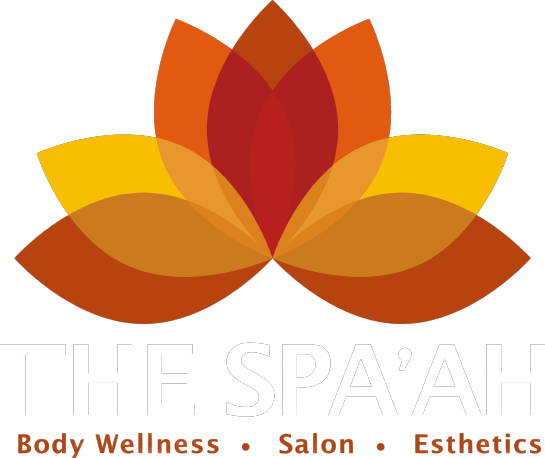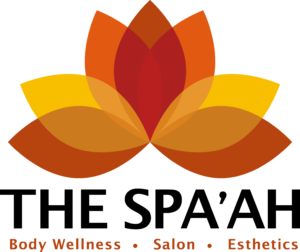Massages at The Spa’ah in Conway, Arkansas always start with the same type of inquiry. Generally, a therapist will ask their client what type of ailments they are experiencing, what kind of pressure they prefer, or even what their goal is for that particular session. These are all fantastic questions that we encourage our clients to answer honestly. However, even if you, as a client, want to tell your therapist all about your session or massage therapy goals, many times it is hard to know exactly what to say. In this post, we are going to discuss some things to consider when learning how to communicate effectively with your massage therapist.
Thankfully, this blog post should clear up a lot of questions regarding effective communication with your therapist.
Learn How To Communicate Effectively With Your Massage Therapist
Be Honest
Honesty is very important to getting an effective massage. Many individuals are afraid to communicate honestly with their therapist for fear of sounding “whiny” or “picky”. However, this should never be a concern. Remember, you are paying for a service. You should be able to get the most effective service for your money. This means that telling your therapists if something doesn’t feel good or telling your therapist that you’d like to focus on a particular area is more than okay. In addition, it is also important to be honest about any potentially dangerous medical conditions that might impact your session. In fact, did you know that massage therapists are bound to the same or similar HIPAA laws as your general practitioner doctor? It’s true! Therapists are bound by law to keep any medical related information private. You should always feel comfortable being honest with your therapist.
Communicate Before, During, & After
A 360 degree approach to communication is best when thinking about massage therapy. For example, communicating any acute or chronic ailments that your therapist should know about before the session begins should be communicated immediately. In addition, it is also important to give your therapist feedback during the session if there is something you aren’t entirely pleased with regarding your massage. For example, you could communicate that you want more or less pressure or that the table warmer is making you too hot. These are all things that the therapist can adjust to make your massage session as pleasant as possible. Post massage, it is okay to give your therapist feedback if you have questions about your session or need to communicate a possible change for next session. Even if you’re just thirsty, it’s okay to tell your therapist! We provide bottled water at The Spa’ah free of charge for this very reason!
Be Specific
Although many think that massage therapists are miracle workers, we are certainly not mind readers. Providing your massage therapists with specifics about your ailments or things that you would like to change about the session is a great way to make sure future sessions are super effective. In addition, if the client is not specific enough about their needs or desires, there is little the therapist can do to fully accommodate the client. In other words, specificity is very key when communicating your needs.
We Encourage Communication With Our Therapists!
Communication with your therapist is key. Whether you need to tell your therapist about your high blood pressure or if you don’t like the pressure they are giving during your session, communicating is the only way to continue improving your massage experience. In addition, our therapists do their best to ask the right questions. Communication is not all on the client by a long shot. So, if there is something that you think your therapist should know, please don’t hesitate to share.


